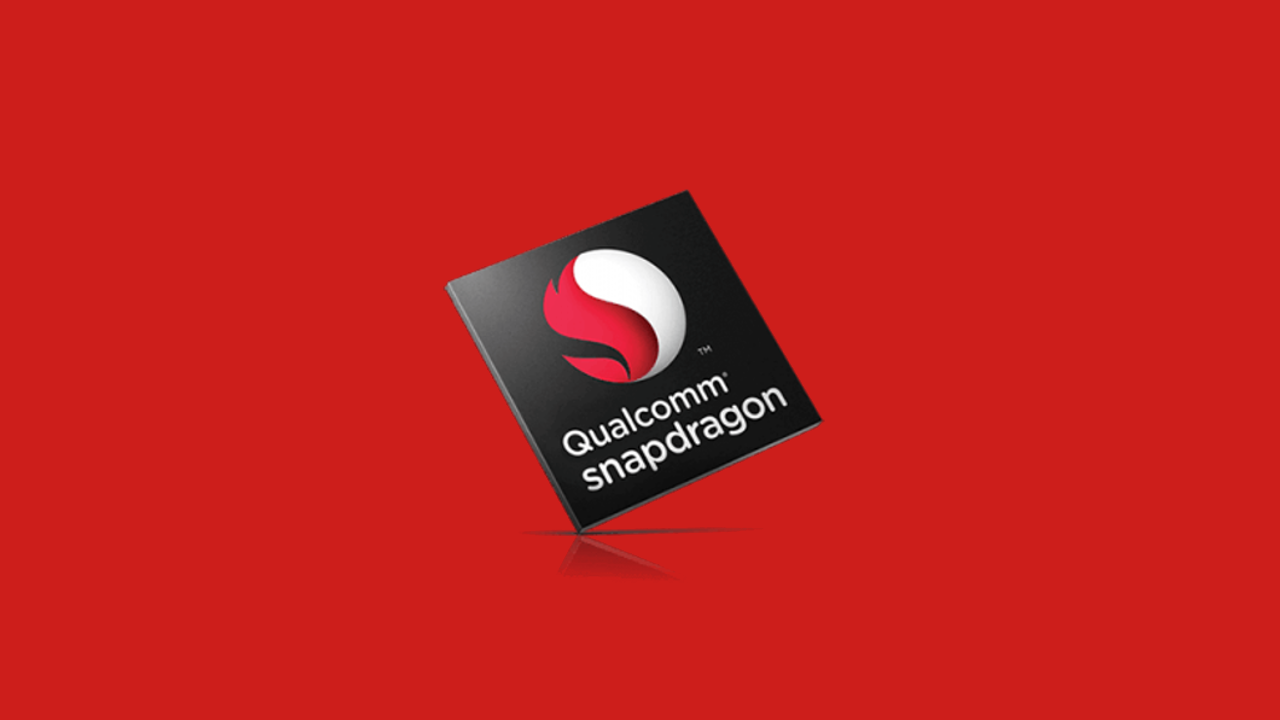The future of mobile technology seems certain to be wearables. Smart phones have pioneered the industry, starting with Apple’s iPhone but soon joined by Android and Window’s devices. Increasingly, users are wanting hands-free performance from their devices. Fitbit, Apple Watch, Google Glass and others have expanded the market for wearable technology.
It’s undoubtedly Qualcomm who dominate the Android wearables market. At the recent 4G/5G summit in Hong Kong they teased attendees with details of the next generation Snapdragon Wear. Full details of the next generation product won’t be available until December, but senior director of product management, Panka Kedia offered a sneak preview.
Qualcomm have been focusing their efforts on making the Snapdragon Wear smaller, and also working on battery life. By lowering the power needs, making sure features that are not in use are shut down and improving the performance of sensors, they are promising great things at their next announcement.
Wearables are most definitely the future. While it may have been fitness trackers which made the idea popular, wearable technology has now gone mainstream. From specialist wrist bands to play games such as Pokémon Go, through wearable lights and even the possibility of wearable devices for work. There is no doubt that out future will be strongly determined by the technology that we make part of our wardrobe.
Gaming is one area where the future seems ripe for expansion. The popularity of Augmented Reality games such as Pokémon Go and Snatch can easily utilise this technology. Even more mainstream games, traditionally played via a desktop computer are gaining a new lease of life thanks to mobile technology.
With the ability to browse from your wrist, users will be able to visit websites and play online games of bingo, or even slot games at Slotsites.com. Although the scale of wearables is different, it is merely continuing the adaptation made from desk or laptop to work on a smaller screen.
It is this accessibility that makes wearables interesting, not only for consumers but also for companies. With technology implanted in headphones, wristbands, clothing and more, tech firms have unprecedented access to individuals.
This allows them to gather more data, learning about people and their interactions with tech in a whole new way. It also means that marketers can have a more direct relationship with customers. Knowing where someone is, and what they are doing is a powerful tool. Spot someone in an electronics store after they’ve been researching new printers? Point them to a special offer on your website and win the sale.
Qualcomm currently have 85% of the Android chip market, which must have them feeling pretty secure. They have also just announced they will be making new chips dedicated to Microsoft Windows in the future, which will further enhance their position.
With augmented, mixed and virtual reality becoming more important to the world of work and leisure, wearables seem set on being a trend for fat least the next few years.
Thanks for reading this article. If you're new here, why don't you subscribe for regular updates via RSS feed or via email. You can also subscribe by following @techsling on Twitter or becoming our fan on Facebook. Thanks for visiting!

















































































































































































